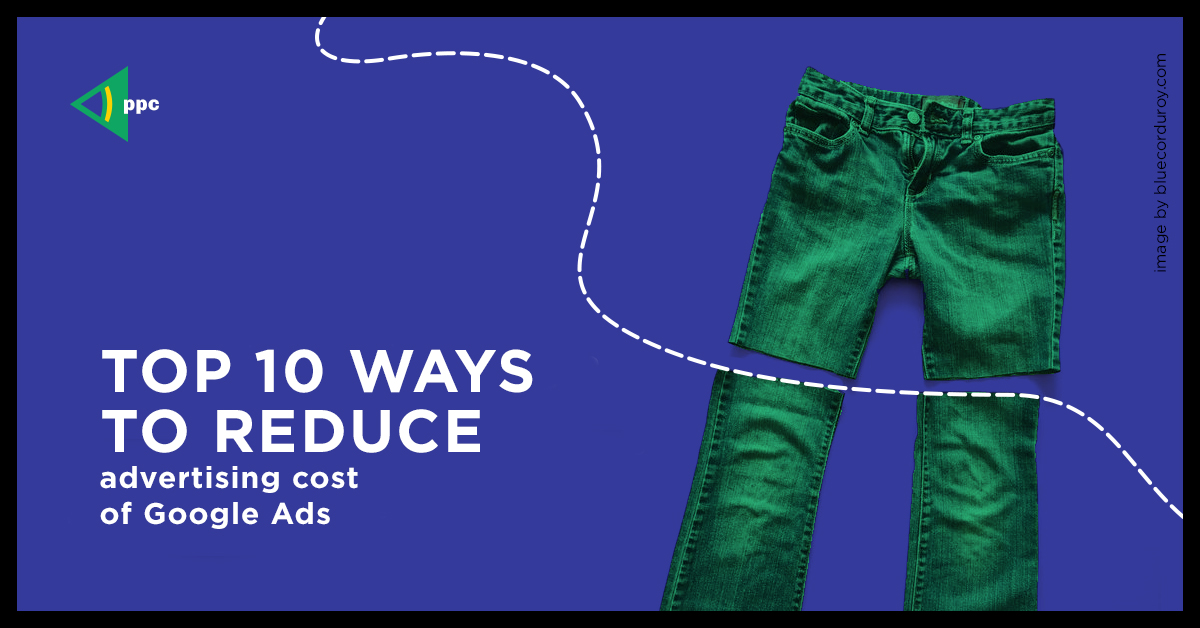TOP 10 WAYS TO REDUCE THE COST OF ADVERTISING IN GOOGLE ADS
There are several ways to reduce the cost of advertising in Google Ads, which can help not only reduce the cost per click but also optimize the cost of advertising and increase its profitability.
The best way to increase your return on investment in Ads is to take measures that help reduce your audience to the most important potential customers. Fortunately, there are many ways to do this in Ads, and you should definitely know them.
Below are 10 steps that you can use to immediately and significantly reduce your expenses.
VIEW SEARCH QUERIES AND ADD NEW KEYWORDS
The report you should pay attention to is search queries. Here you can find real user requests, in response to which ads are displayed.
In this report, you can find irrelevant queries for adding new negative keywords and effective undelivered queries for adding them to the campaign as keywords. When you select a query, you can add it as a new keyword or negative keyword.
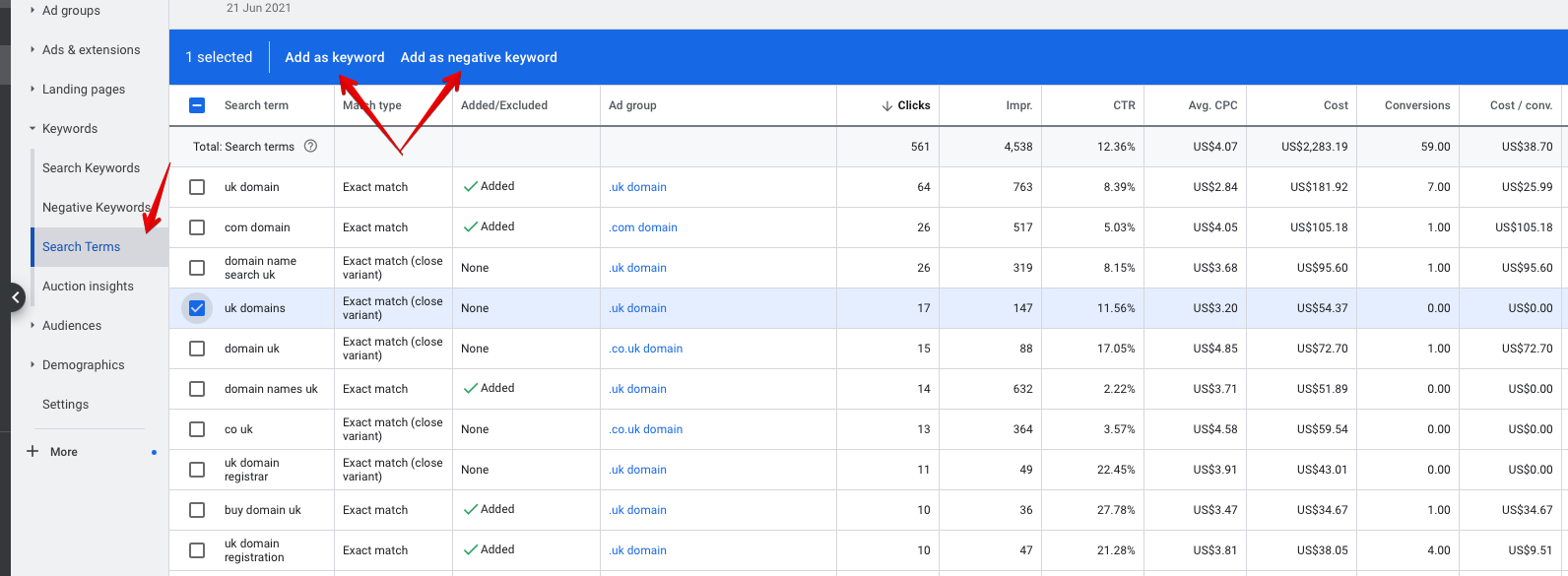
The report does not have a “Keyword” column by default, but we recommend adding it, which will allow you to compare the query and the phrase for which it worked. Sometimes, several keywords correspond to a single query. If you notice that the query is not working on the same phrase as you expected, you can make a cross-backing between the groups to remove the intersection of keywords.
NEGATIVE KEYWORDS
Often, showing ads to non-interested users is quite expensive, since the ads are displayed in response to non-targeted search queries from users who also click on your ad. Use the Negative Keywords tool to filter out bad keywords that don’t convert. It is advisable to pay attention to this every week, repeating the process. By minimizing the number of unnecessary clicks, you will reduce your overall costs.
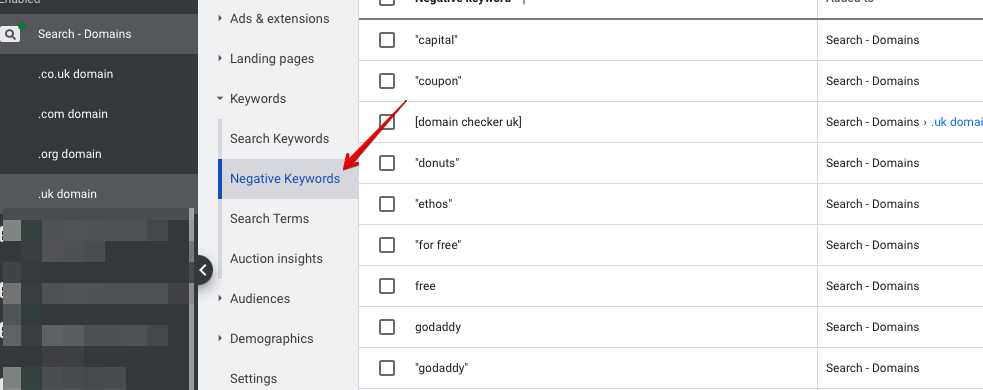
BID ADJUSTMENTS
When creating a new ad campaign in Google Ads or evaluating the effectiveness of your ads, it is important to understand the bidding process correctly. Regardless of whether you use manual or automatic bidding, whether you are already a Google Ad expert, or whether you use one of the flexible bidding strategies, it is important to understand how these models work and what impact they have on the end result your ad campaigns.

All strategies that are based on optimizing the number of conversions or ROI will not work until you have accumulated good statistics on conversions.
Try using manual strategies to improve your performance, and only then connect other strategies.
We recommend using different strategy options, testing, analyzing, and editing – all this will help you move towards the desired result.
CHANGING LOCATION SETTINGS
In the ad campaign settings, in the “Locations” section, there is an option “Location options”:
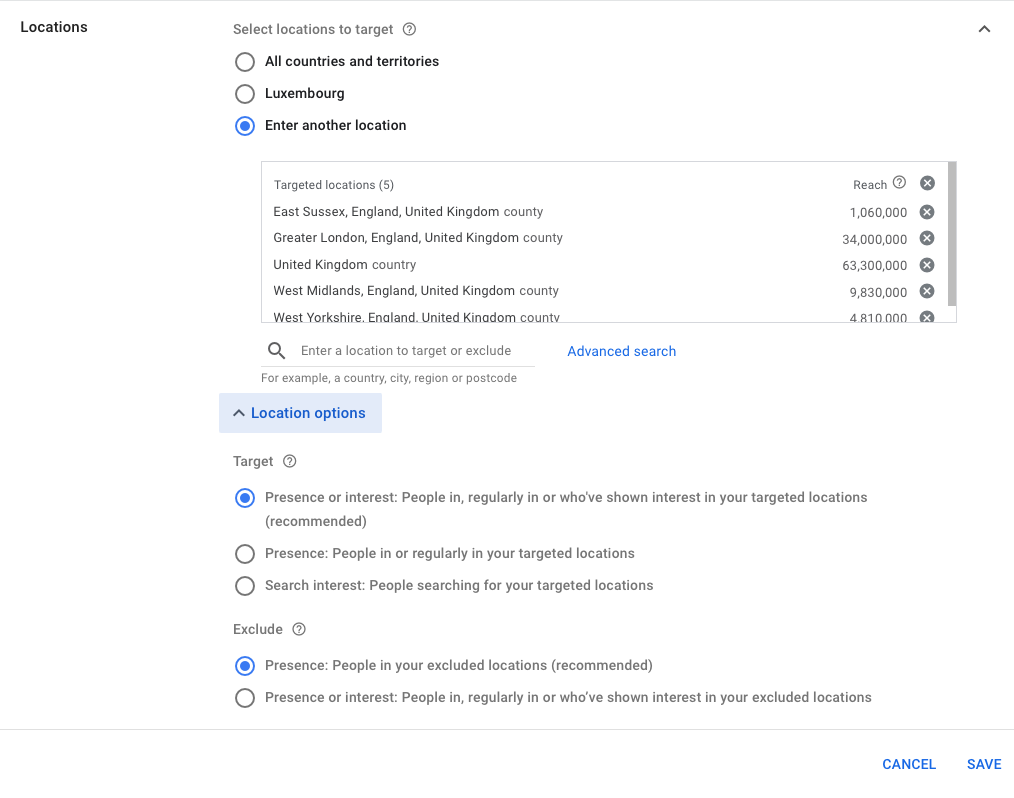
By default, the first option will be selected in Google ads – “People from target locations and interested in them”.
If you are focused, for example, only on Kyiv, but someone from Odessa is interested in your products or services, while specifying “Kyiv” in the request, then Google can show them your ads. You may not want people from countries/cities that you are not targeting to click on your ads. In this case, choose – “People in your target locations”.
If you have previously used the default location settings, you may notice an obvious improvement in the CPC.
LOCATION REPORT
The next useful report is by location. Using it, you will get a layout for different cities.
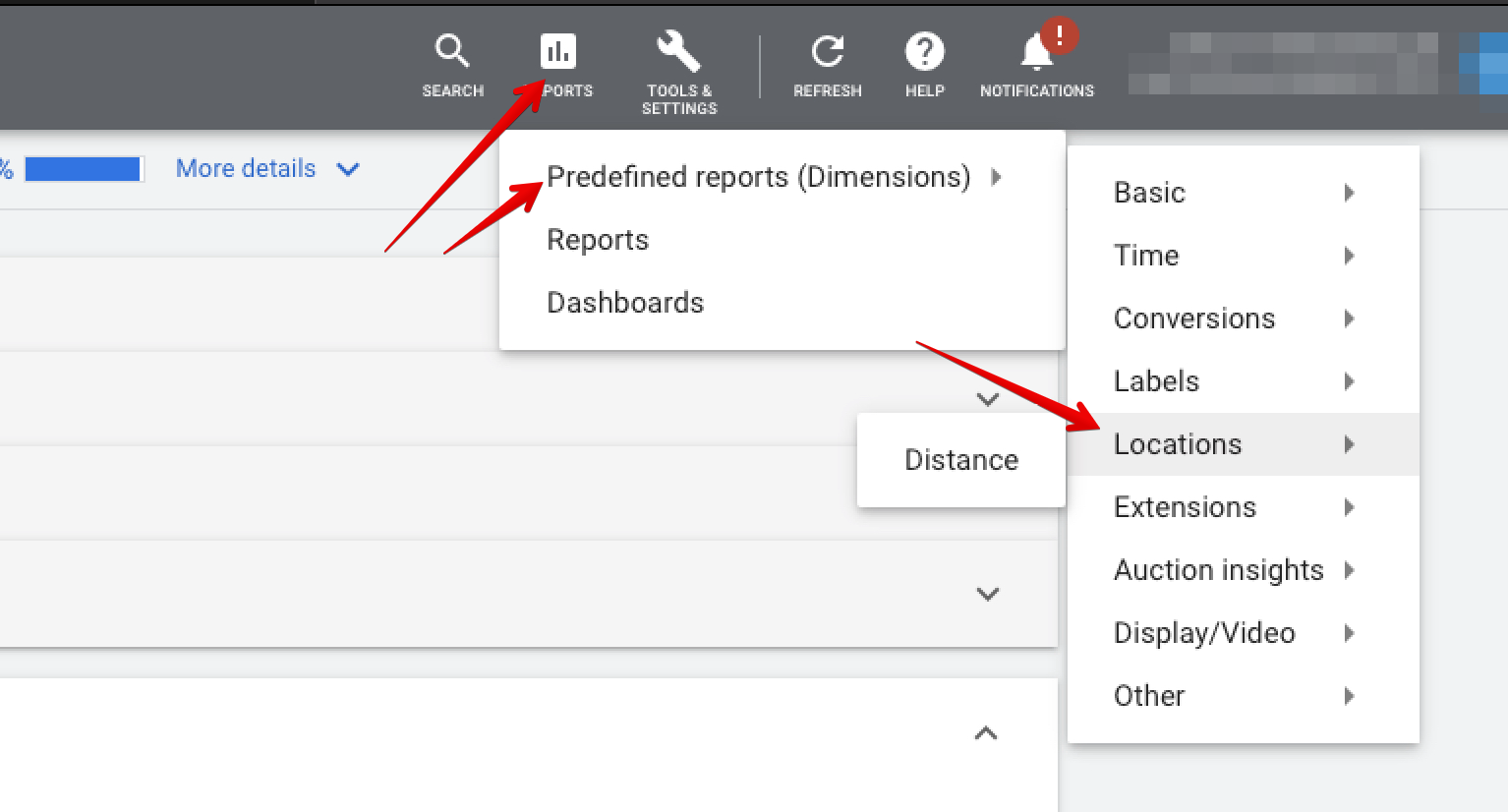
Add information about conversions and evaluate the effectiveness of advertising in different regions where the ad is displayed. Some regions may need to be disabled or bid adjustments made if achieving the goal is too expensive.
BID ADJUSTMENTS ON THE DEVICE
If you get 80 % of your clicks from mobile devices, and they convert at 1.5 times the average price per conversion, you should fix it. In this case, set the bid adjustment for mobile devices.

Also, don’t forget to make bid adjustments for the remaining devices. This will result in your average price per conversion, and your budget will be directed, for example, to high-performance computers and tablet devices with a higher conversion rate.
DISABLING INEFFECTIVE CAMPAIGNS/KEYWORDS
Analyze the accumulated data on Google Ads advertising campaigns. Try to constantly monitor conversion rates, and in the case of high costs, change the budget in favor of those campaigns that bring more desired results, and vice versa. Also, monitor keywords, adjust bids, or stop keys with a low conversion rate altogether.
GDN SITE FILTER
Regularly check the placement locations of your GDN ad campaigns and continue optimizing with bid adjustments and ad testing.
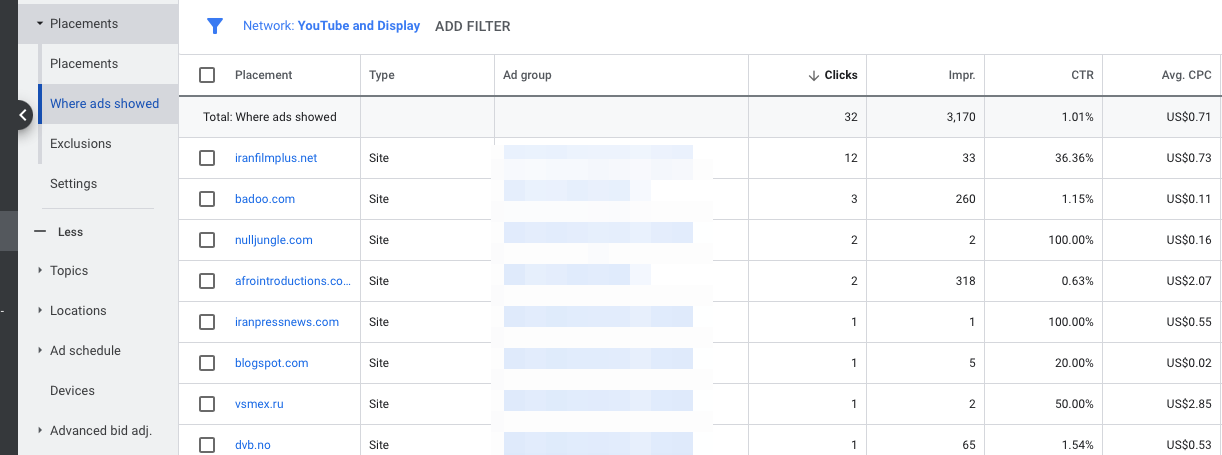
Lists of good and bad sites will be useful for all new campaigns, as well as allow you to optimize your work more effectively and bring your campaigns to the optimal level faster. And remember that it’s important to have enough data to analyze placements.
AD EXTENSIONS
Ad extensions are a handy tool that you can use to get more space in search results, as well as visually push your competitors’ results down. It is advisable to fill in all types of suggested extensions and add-ons for better effect and clickability.
Extensions add useful information to ads and help attract customers’ attention. Extensions usually increase the CTR of an ad by several percent, increase the number of clicks to the site, and increase the quality indicators.
QUALITY INDICATOR IN GOOGLE ADS
Quality metrics are the best way to reduce costs and increase productivity. Professional ppc agencies always take a look at this parameter.
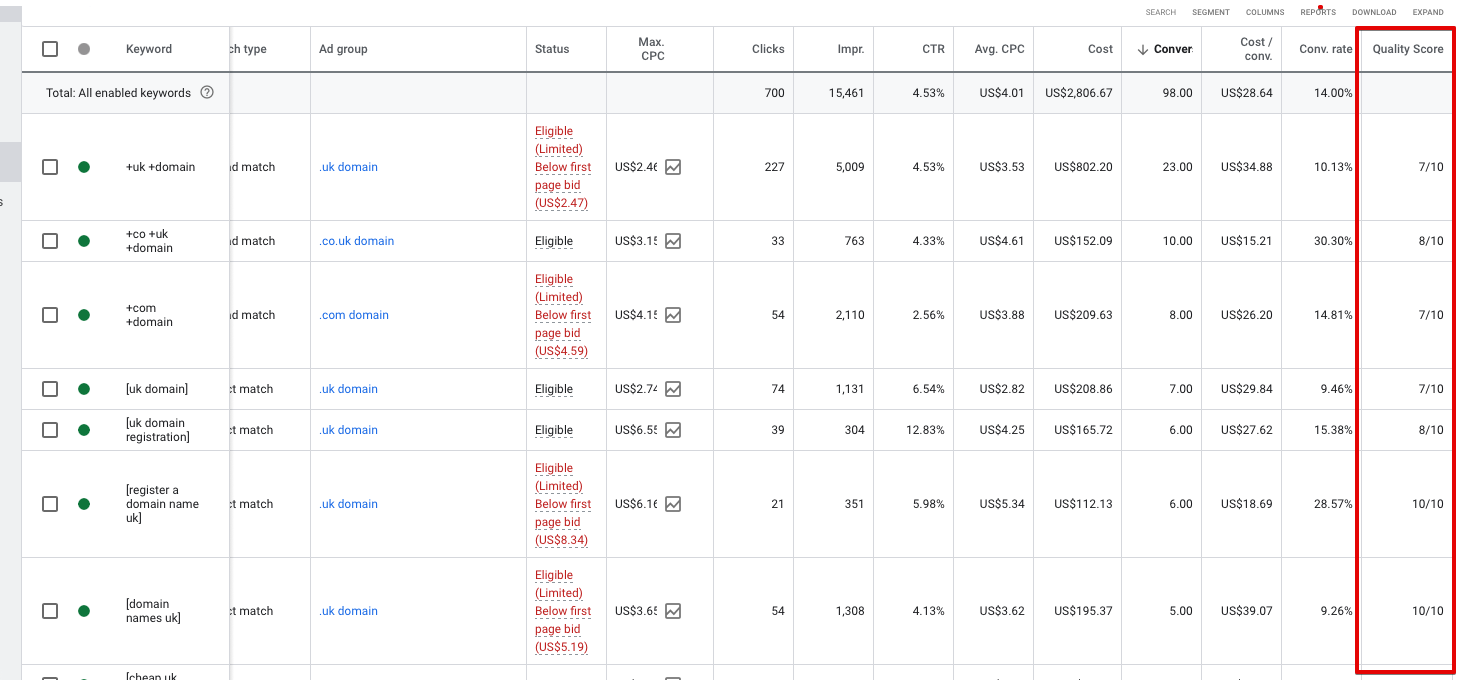
A quality metric is how Google determines your quality and relevance, using factors such as ad quality, landing page performance, and your click-through rate. All of these factors tell Google whether your ad can be a good search result for users. Building your quality score is important, as those with high quality will have a higher ad placement at a lower price.
CONCLUSION
Follow the above-mentioned steps to optimize your advertising account, and you will surely get successful advertising campaigns, reducing unnecessary expenses. Analyze the data, make hypotheses, test them, and over time you will be able to see the expected result.
